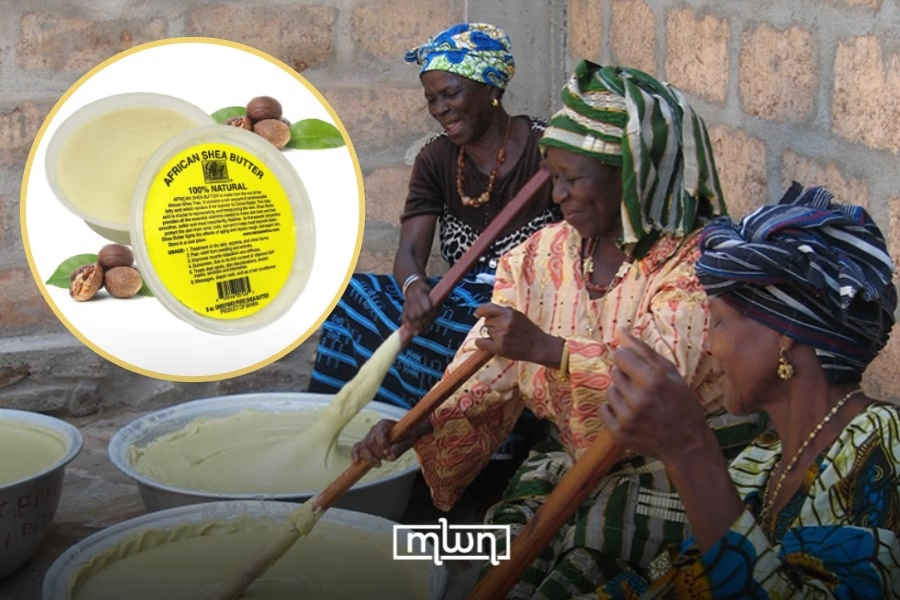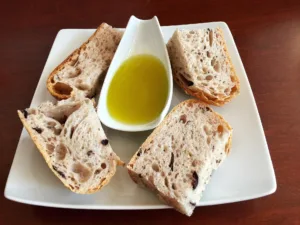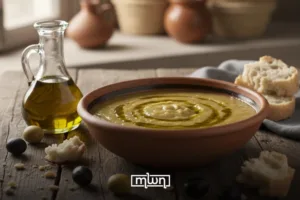Shea butter isn’t just a trending skincare ingredient. In West Africa, it’s a tradition, a lifeline, a science, and a symbol.
Fez– Generations of African women have relied on this creamy, fragrant butter not only to care for their skin but also to support their households and preserve a shared cultural legacy.
Known locally as “women’s gold,” shea butter has proven its worth far beyond the cosmetic aisle.
Its origins are humble but deeply rooted. Derived from the nuts of the shea tree (Vitellaria paradoxa), which grows almost exclusively across the savannah belt of West Africa, shea butter is a substance with layered significance.
And today, while global cosmetic brands race to harness its properties, African women continue to preserve and pass down the very methods that turned this natural fat into a multi-billion-dollar industry.
The source: A tree with ancestral memory
The shea tree isn’t planted. It grows wild, tall and untamed, across countries like Burkina Faso, Mali, Senegal, Ghana, Togo, Benin, and Nigeria.
It takes around 15 years for a shea tree to bear fruit, and nearly half a century to mature fully.
In many regions, especially Burkina Faso and Benin, the tree is considered sacred, and only women are permitted to harvest its fruit.
This isn’t just symbolic. From collection to transformation, shea is a female enterprise. In rural areas, groups of women still venture out at dawn to gather the fallen fruit, often singing and socializing in the process.
It’s a ritual as much as it is labor, a communal gesture of resilience, livelihood, and generational skill-sharing.
The butter is extracted through a meticulous multi-step process: washing, boiling, drying, cracking, roasting, grinding, kneading, and finally, simmering to separate the fat from the sediment.
It’s labor-intensive, entirely manual, and takes hours. But the result? A soft, ivory or yellowish cream with a strong, nutty aroma, and a nearly miraculous profile of nutrients.
A dermatological treasure
What makes shea butter so prized in skincare is its unusually high concentration of vitamins and fatty acids, especially vitamins A and E, and essential fatty acids like oleic, stearic, palmitic, and linoleic acids.
Unlike many nut-derived oils that sit on the skin, shea butter penetrates deeply, providing long-lasting hydration and promoting cellular regeneration.
Its natural anti-inflammatory and antioxidant properties make it ideal for a wide range of skin concerns: eczema, psoriasis, dryness, sun damage, premature aging, stretch marks, and even minor wounds.
And because it doesn’t clog pores, it’s suitable for all skin types, especially dry and sensitive skin.
Unlike processed oils that strip away active compounds during refinement, unrefined shea butter retains its full therapeutic power.
That’s why many African women prefer the raw, handcrafted version. The scent may be stronger, and the texture grainier, but it’s the original.
It melts on contact with the skin and leaves a protective barrier that locks in moisture without feeling greasy.
In African households, shea butter has always had more than cosmetic value. It’s massaged into newborns for protection, used to soothe muscle aches, applied to the scalp for hair growth, or even added to food in certain regions.
In dry seasons and harsh climates, it’s the default guard against the elements.
Its medicinal use is also notable. In traditional pharmacopoeia, shea butter is applied to burns, rashes, insect bites, and joint pain.
It’s also combined with medicinal herbs to make salves for respiratory or dermatological conditions.
Long before the rise of clean beauty, African women had their own trusted, effective, and eco-friendly solution: their butter.
The link between shea and delayed aging signs in African women is more than anecdotal. Studies support the claim that shea butter enhances collagen production and neutralizes free radicals: two crucial factors in preventing wrinkles and maintaining skin elasticity.
Economic impact
Today, the global demand for shea butter is soaring. Multinational companies now include it in everything from moisturizers and shampoos to lipsticks and baby creams.
But behind these glossy products lies a much deeper story, one of female labor, rural economy, and African agency.
More than 16 million women across West Africa are engaged, directly or indirectly, in the shea value chain.
From fruit collection and butter production to cooperative sales and export partnerships, these women form the backbone of an industry that contributes significantly to local economies.
Organizations and NGOs have increasingly worked to formalize the sector, establish fair-trade practices, and help cooperatives obtain certifications that give them access to international markets.
In places like Burkina Faso, female-run cooperatives have turned what was once unpaid domestic labor into a source of financial independence and community development.
One key issue in the global shea trade is quality. Refined shea butter, mostly processed in Europe, often lacks the distinctive smell, texture, and full benefits of the raw version.
While it’s more stable and visually appealing for mass production, it’s not what African women use, or trust.
Experts agree that if you’re seeking authentic benefits, opt for unrefined shea sourced directly from West Africa.
The best-quality butter typically comes from regions like Benin, Burkina Faso, and northern Ghana, where traditional processing methods are still in use and where the climate supports optimal tree health.
To be clear, not all commercial shea is exploitative or low quality. But there’s growing consumer awareness around sourcing ethics, fair pay for producers, and the environmental cost of over-processing.
Supporting brands that partner with women’s cooperatives and disclose their supply chains is more than ethical, it’s an investment in authenticity and sustainability.
Ultimately, the story of shea butter is one of continuity, between women and land, between generations, between ritual and necessity.
It’s not just what’s in the jar that matters, but who made it, how, and why.
When you smooth a bit of shea butter onto your skin, you’re participating in a centuries-old lineage of beauty, wellness, and craft. It’s a moment of connection with women who, long before the West discovered “natural skincare,” had already mastered it.
And perhaps that’s what gives shea its real value, not just what it does for your skin, but what it represents: wisdom, resilience, and the quiet power of women shaping the world with their hands.
Read also: Audrey Hepburn: From Wartime Survivor to Fashion and Film Icon















